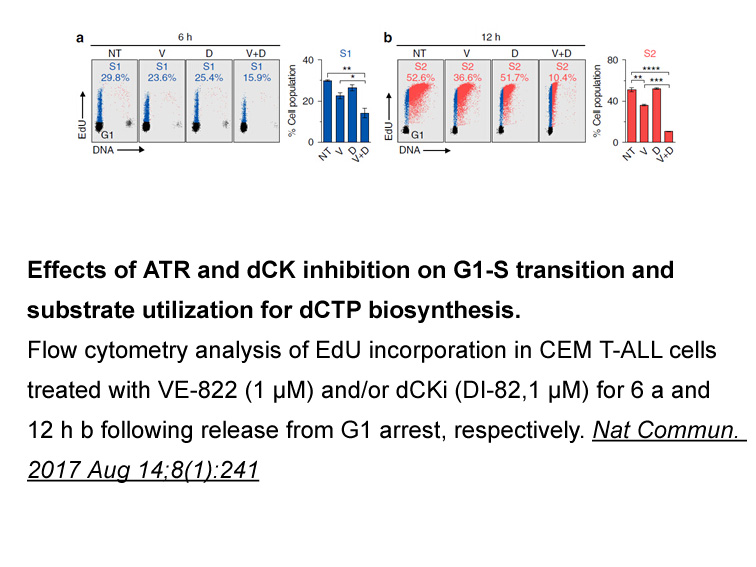Archives
br Dual role of autophagy in
Dual role of autophagy in human diseases
Emerging evidence suggests that autophagy serves as a double-edged sword in several human diseases, such as CNS diseases (Rubinsztein et al., 2015), arteriosclerosis (Schrijvers et al., 2011) and cancer (Ozpolat and Benbrook, 2015). Likewise, currently there is no unified theory as to the role of autophagy in cerebral ischemia. In this section, we examine the potential role of autophagy in cerebral ischemia as a candidate disease that exemplifies the dual role of autophagy in human diseases.
Ischemic antisedan injury is generally caused by the sudden block of blood supply, leading to decreased oxygen and glucose supply to the brain tissue. There two major therapeutic strategies currently being used for cerebral ischemia treatment (Chen et al., 2014d, Gabryel et al., 2012). The use of thrombolytic, anti-thrombotic and anti-aggregation drugs is the priority strategy. However, these drugs could lead to hemorrhagic complications, and have a narrow therapeutic window of 4.5h (Hacke et al., 2008). The second stroke strategy is neuroprotection. New neuroprotection agents for ischemic stroke treatment need to be developed. Some recent studies show autophagy activation in cerebral ischemia and potential beneficial effects of autophagy for ischemic stroke (Carloni et al., 2008), whereas others indicate a destructive role of autophagy (Ginet et al., 2014, Koike et al., 2008, Wen et al., 2008). In addition, perfusion represents a basic preconditioning process upon which the ischemic brain survival depends. With that in mind, perfusion must be considered in the modern concept of neuroprotection that entails a larger therapeutic window beyond the traditionally accepted acute stroke period (Ginsberg, 2016). Overall, the relationship between cerebral ischemia and autophagy is unclear.
Autophagy has been suggested to encompass an integrated pro-survival signaling pathway that includes PI3K-Akt-mTOR in neonatal hypoxia-ischemia. Both autophagy interruption and PI3K-Akt-mTOR pathways inhibition led to necrotic cell death (Carloni et al., 2010). In addition, nicotinamide phosphoribosyltransferase-induced autophagy via regulating the tuberous sclerosis complex-2 −mTOR-S6K1 signaling pathway promotes neuronal survival during cerebral ischemia (Wang et al., 2012a). These reports suggest that autophagy may be a potential therapeutic target for post-ischemic neuronal protection. However, it is also observed that Atg7 deficiency almost completely prevents hypoxia/ischemia-induced caspase-3 activation and neuronal death in mice (Koike et al., 2008). Consistently, administration of 3-MA, as noted above a drug that blocks autophagy by inhibiting the class III PtdIns3K, could significantly reduce the ischemia-induced infarct volu me, brain edema and motor deficits paralleled with inhibition of ischemia-induced autophagy in a permanent MCAO model (Wen et al., 2008). Moreover, there is evidence demonstrating that inhibition of autophagy directly by 3-MA or indirectly by 2-methoxyestradiol (an inhibitor of HIF-1α) might prevent ischemia-induced pyramidal neuron death (Xin et al., 2011). These observations argue for a destructive role of autophagy in cerebral ischemia has emerged.
As briefly presented above, does autophagy induction during cerebral ischemia result in better or worse outcomes? What determines the role of autophagy in cerebral ischemia? Ample evidence suggests that moderate autophagy can protect cells against stressful circumstances and promote survival, whereas insufficient or excessive levels of autophagy promotes cell death (Kang and Avery, 2008). Timing is a key variable in the balance between good vs bad autophagy. This speculation may be appreciated in an in vitro OGD model (Shi et al., 2012). The results captures the dual role of autophagy in that 3-MA treatment at different time points following re-oxygenation reveals functional outcomes from both ends of the spectrum. Autophagy inhibition by 3-MA at 24h prior to reperfusion triggers an increase in neuronal death, while 3-MA treatment at 48–72h after reperfusion significantly prevents neuronal death. It is possible that transient oxygen and glucose deprivation induces autophagy at a moderate level to rescue neurons from starvation, while prolonged oxygen and glucose deprivation/reperfusion propels excessive autophagy, switching its role from protection to deterioration. It has been also reported that when rapamycin and 3-MA treatments are performed 20min before hypoxia-ischemia, rapamycin enhances autophagy and attenuates brain injury, while 3-MA inhibits autophagy and aggravates neuronal death (Puyal et al., 2009). However, when given at 4h after ischemia, 3-MA administration strongly reduces lesion volume by 46% (Puyal et al., 2009).
me, brain edema and motor deficits paralleled with inhibition of ischemia-induced autophagy in a permanent MCAO model (Wen et al., 2008). Moreover, there is evidence demonstrating that inhibition of autophagy directly by 3-MA or indirectly by 2-methoxyestradiol (an inhibitor of HIF-1α) might prevent ischemia-induced pyramidal neuron death (Xin et al., 2011). These observations argue for a destructive role of autophagy in cerebral ischemia has emerged.
As briefly presented above, does autophagy induction during cerebral ischemia result in better or worse outcomes? What determines the role of autophagy in cerebral ischemia? Ample evidence suggests that moderate autophagy can protect cells against stressful circumstances and promote survival, whereas insufficient or excessive levels of autophagy promotes cell death (Kang and Avery, 2008). Timing is a key variable in the balance between good vs bad autophagy. This speculation may be appreciated in an in vitro OGD model (Shi et al., 2012). The results captures the dual role of autophagy in that 3-MA treatment at different time points following re-oxygenation reveals functional outcomes from both ends of the spectrum. Autophagy inhibition by 3-MA at 24h prior to reperfusion triggers an increase in neuronal death, while 3-MA treatment at 48–72h after reperfusion significantly prevents neuronal death. It is possible that transient oxygen and glucose deprivation induces autophagy at a moderate level to rescue neurons from starvation, while prolonged oxygen and glucose deprivation/reperfusion propels excessive autophagy, switching its role from protection to deterioration. It has been also reported that when rapamycin and 3-MA treatments are performed 20min before hypoxia-ischemia, rapamycin enhances autophagy and attenuates brain injury, while 3-MA inhibits autophagy and aggravates neuronal death (Puyal et al., 2009). However, when given at 4h after ischemia, 3-MA administration strongly reduces lesion volume by 46% (Puyal et al., 2009).